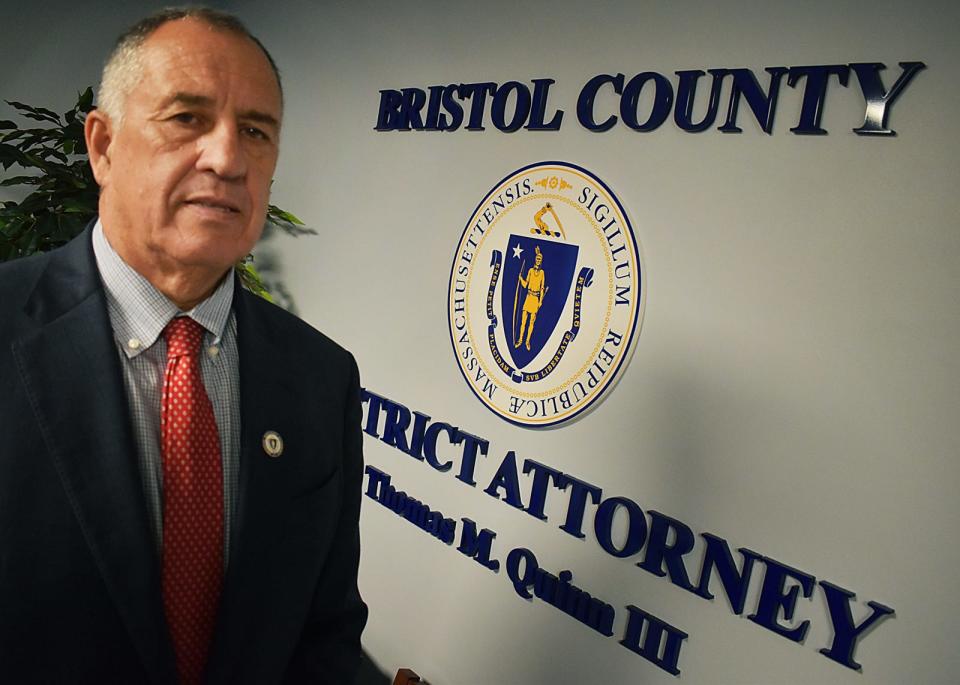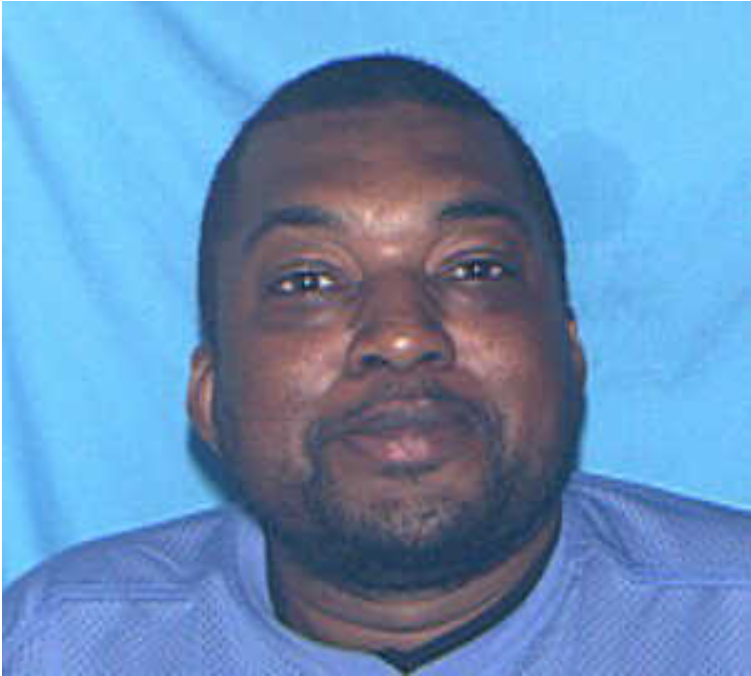The DA is pushing to identify unclaimed bodies. They've already identified one person.
FALL RIVER — The Bristol County District Attorney’s office has launched an initiative to identify previously unidentified bodies, in the hopes of closing cases that in some instances have gone unresolved for decades.
“I’m not promising that they’re all going to be solved, but we’re putting in the effort to show that these cases aren’t forgotten and their families aren’t forgotten,” said DA Thomas Quinn.
In April, Quinn’s office announced it would expand its Cold Case Unit to include a renewed effort to identify unidentified human remains from the past 40 years, taking a second look at old cases using new technology and resources.
The county has the remains of a dozen people who could not be identified with traditional methods like fingerprints or dental records, Quinn said. This includes anything from bodies, skeletal remains and, in a handful of cases, just a skull.

The DA’s office is using an array of tools to hopefully connect the remains with a missing person. This includes working with groups with access to more resources than Bristol County investigators may typically have access to, like the FBI and the University of North Texas Center for Human Identification, and non-profits focused on solving cold cases like the DNA Doe Project and Season of Justice. Recent advancements in fingerprint matching and DNA technology means that running new tests can link remains to a person who was reported missing and never found.
Council president indicted: Could Laliberte-Lebeau lose the presidency? Here's what Fall River legal counsel says.
The DA’s office has also published what they know about the unidentified remains on its website, including descriptions when possible and the circumstances in which remains were found. These include cases like the remains of a newborn boy discovered near a Route 24 rest area in Freetown in 1983 after apparently dying of exposure, skeletal remains found at the Raynham landfill in 2000 and the body of a woman in her 30s that was found wrapped in garbage bags floating in the water at Popes Island Marina in New Bedford in 1996, a case that Quinn says has stayed with him since he was a new prosecutor.
“If these cases are publicized, maybe someone will come forward,” he said.
Not every unidentified body is definitely a murder victim, Quinn said. A skull that washed up on a local beach could be the remains of a fisherman who was lost at sea, for example. Still, linking remains to an identity can help families with the grieving process, he said.
“There’s always going to be that uncertainty and anxiety associated with it (when a body is never found or identified)” he said. “It’s good to have some closure.”
Trying to solve cold cases
This isn’t Quinn’s only foray into taking another look at previously unsolved cold cases. His office is currently in the process of getting a major backlog of untested rape kits finally processed, a project that has already led to an arrest in a previously unsolved 2010 New Bedford rape. Investigators also recently used new DNA technology to identify and arrest a perpetrator of a series of rapes during the 90s.
Untested rape kits: A thousand Bristol County rape kits were never tested. Here's why the DA is changing that
The unidentified bodies project has also already yielded results. Earlier this month, the DA’s office announced that, working with the Massachusetts State Police Unresolved Unit and the Fall River Police Department, it had identified the body of a man previously classified as a John Doe as Leon Brown from Boston.
Brown’s body had gone unidentified since it was found at the BFI landfill site on Airport Road in 2005. But, upgrades to fingerprint technology meant that investigators could identify him the second time around.

Investigators still aren’t certain what happened to Brown or if his death was a homicide. But information they have now, like the fact that he usually wore leg braces which were not recovered with his body and that he was not reported as missing right away, have led investigators to treat his death as “suspicious” and investigate whether foul play was involved, Quinn said.
Why identifying remains is so important to investigations
This points to why identifying found remains is a key part of determining whether a death requires further investigation and where to look for clues, he said.
“It’s really difficult to investigate a case unless you know who the person is,” he said. “You don’t know who to turn to, who last saw them.”
Members of Quinn’s office recently placed flowers and a temporary marker on Brown’s unmarked grave in Fall River.
“We can give him the dignity of at least identifying his burial site and letting his family pay their respects,” he said.
Diman football: Diman coach Luke Bahry just started his most important job — and we don't mean football
Audrey Cooney can be reached at acooney@heraldnews.com. Support local journalism by purchasing a digital or print subscription to The Herald News today.
This article originally appeared on The Herald News: Bristol DA launches initiative to identify unclaimed human remains
